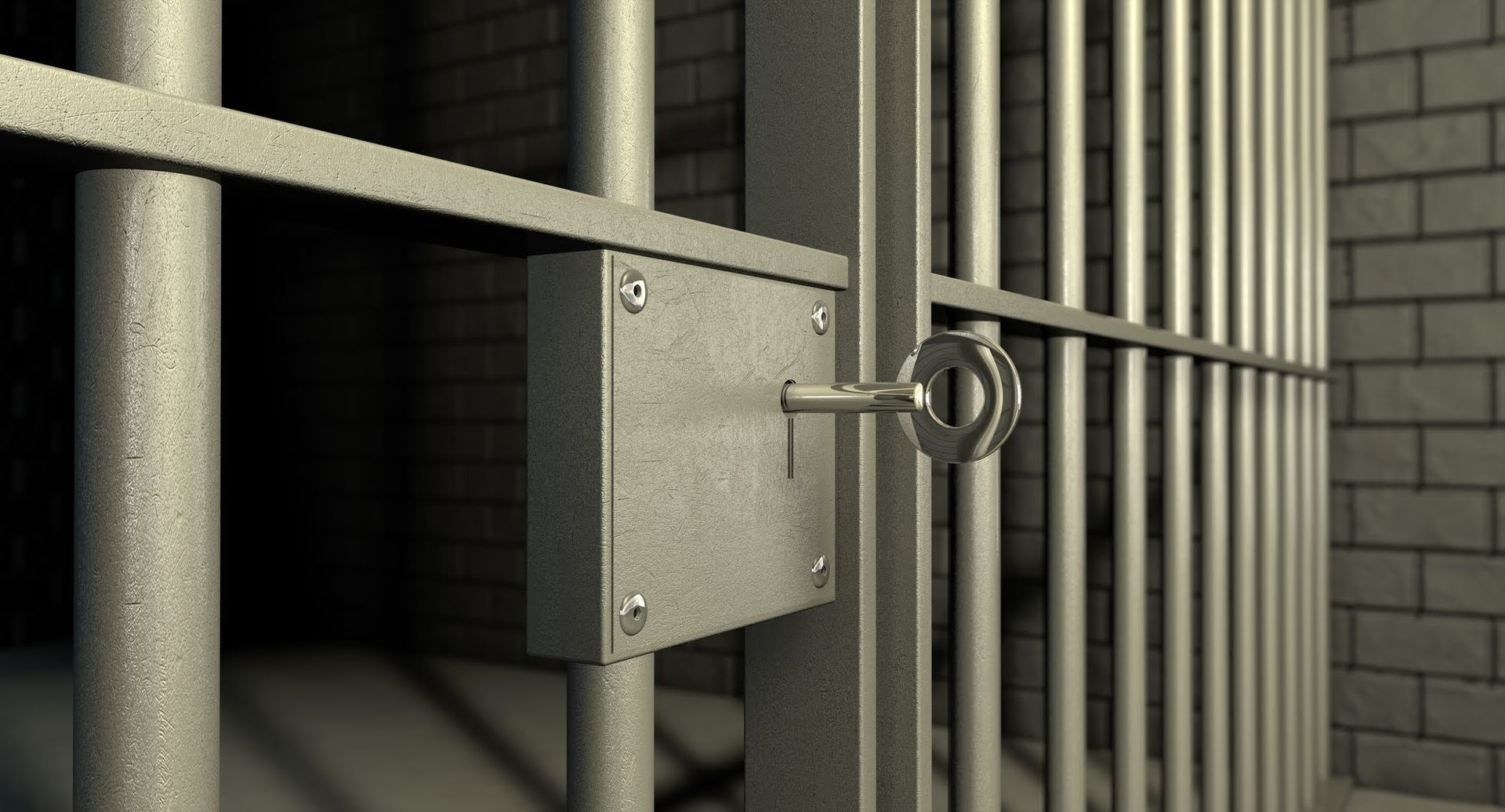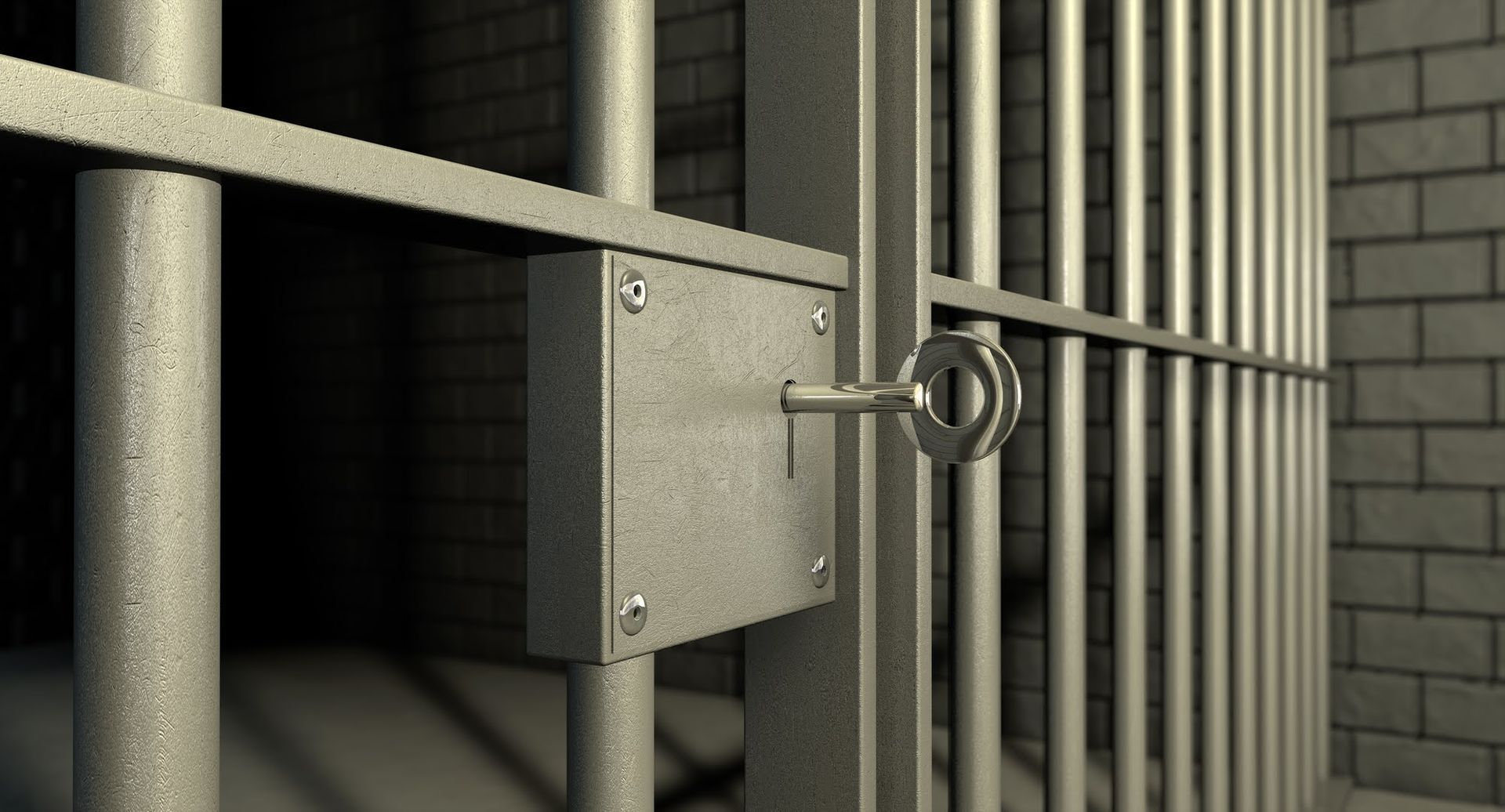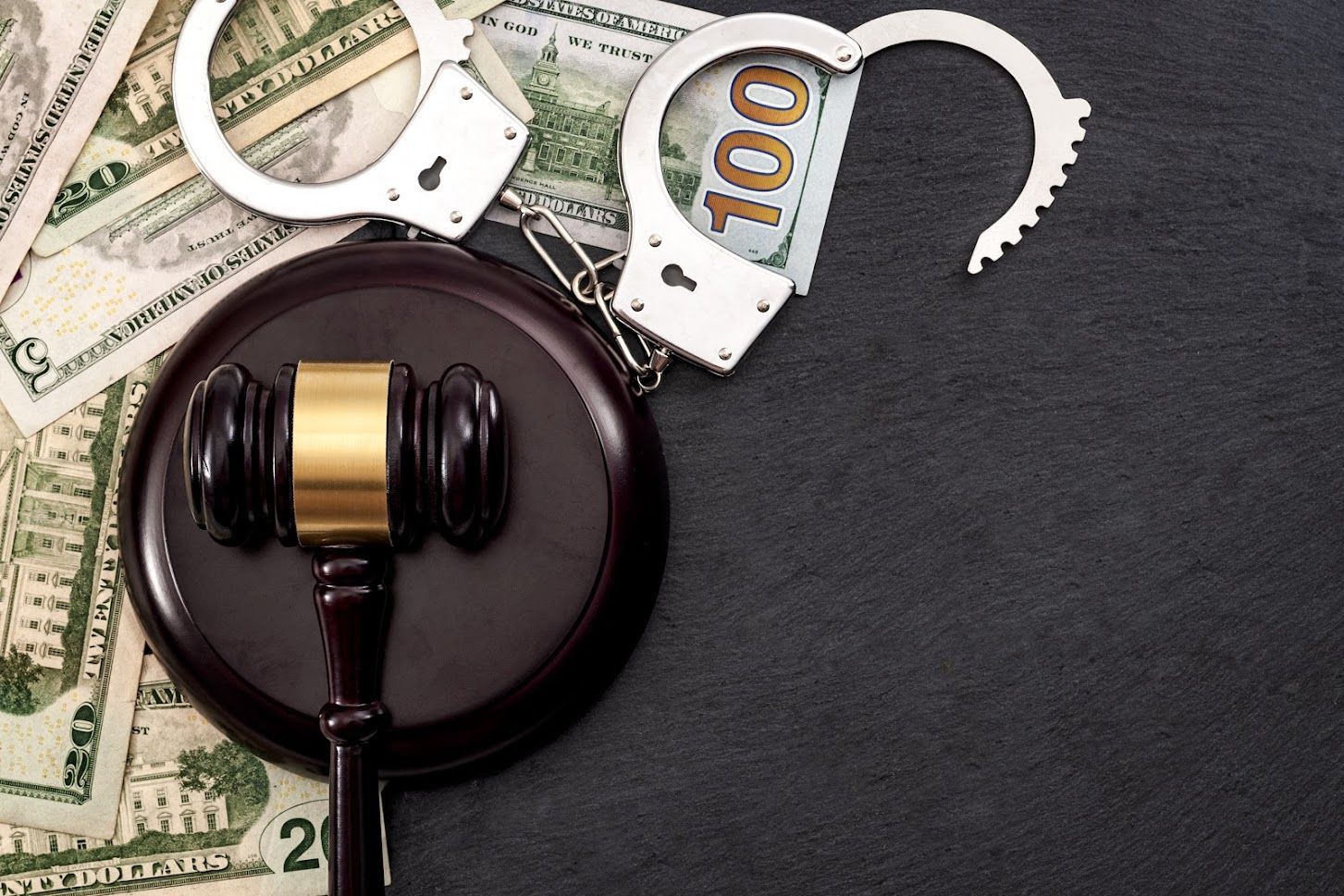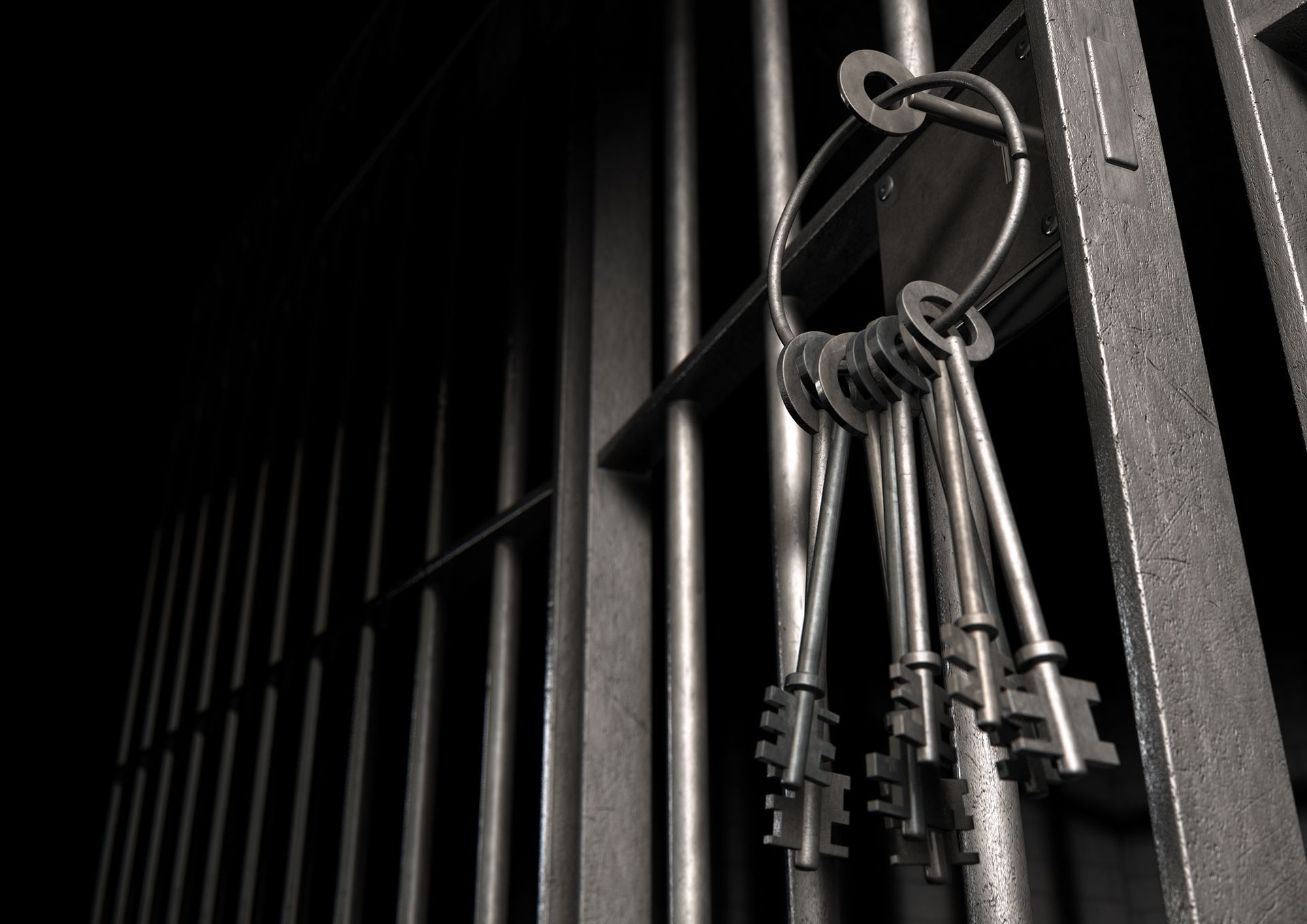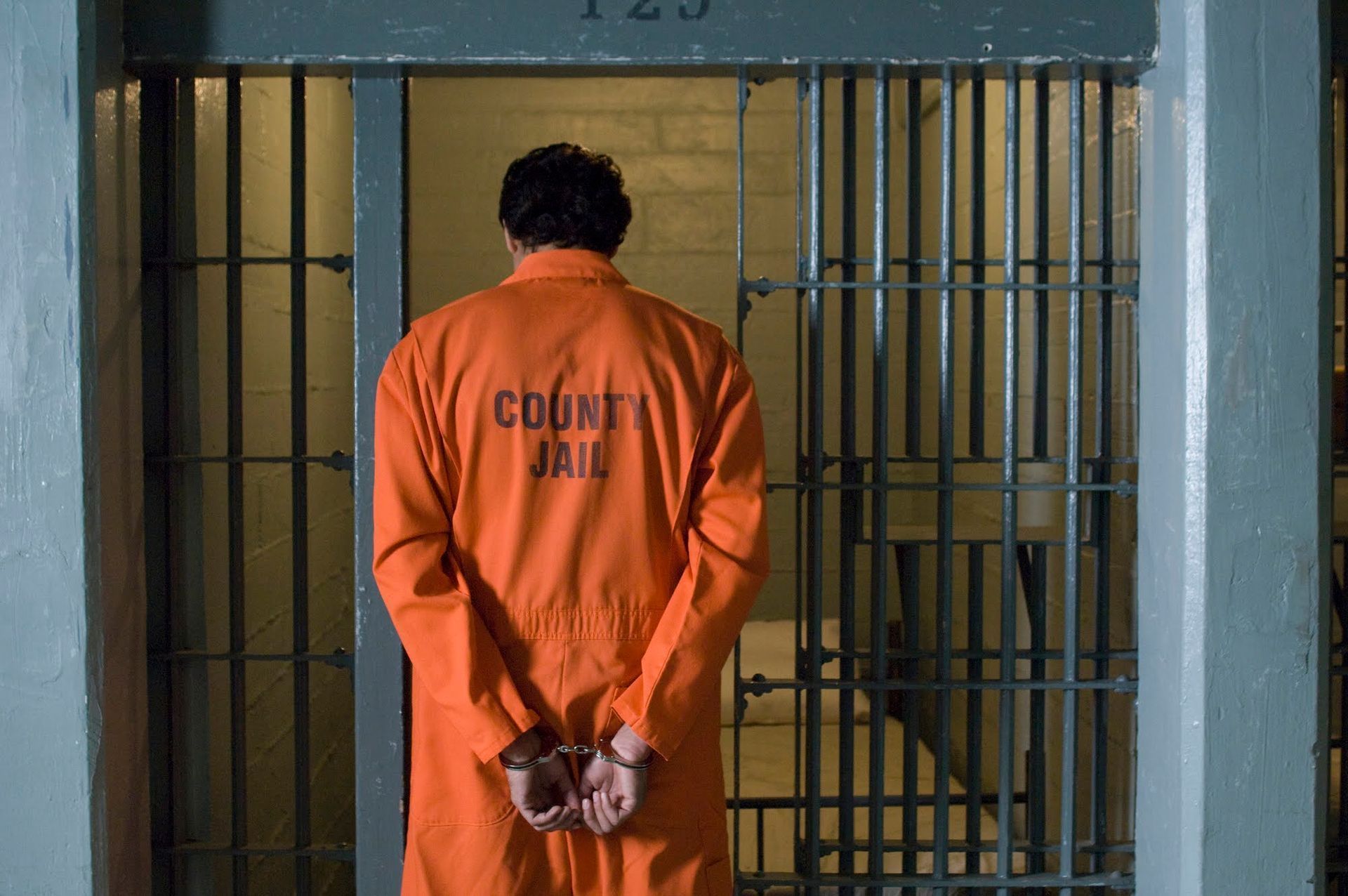How Is Bail Calculated in Texas?
Most Americans have little or no familiarity with what happens after a person gets arrested. While this is not a problem in general, it adds challenges if you do find yourself navigating the legal system. To help you or your loved one who has been arrested, here are some answers to your questions about how bail is set in Texas.
What Is Bail?
The bail system is designed to allow those who are charged with a crime to await their court date at home rather than in jail. There are several types of bail in Texas, including simply signing a court document promising to show up for your hearings.
However, when people talk about bail, they generally mean the process of depositing the stipulated amount of money or property with the court as collateral to guarantee your return. And if you don't have the full amount needed, you may buy a bond for a fraction of the price. While this is technically called a bail bond, it's often misstated simply as bail as well.
How Is Bail Calculated?
States set bail terms for themselves, but many—including Texas—start with a list of proposed bail amounts for various situations. This may specify, for example, that the bail for anyone charged with a first degree felony be released on a minimum of $20,000 bail while those charged with murder have a $50,000 bail. These schedules, however, are not set in stone. Judges may use their discretion as well.
In addition to the general category of the charge, there may be additional factors which raise or lower the bail amount. If you have been convicted before, you may be termed a repeat offender and see your bail raised. Similarly, if your crime involved a vulnerable victim or a weapon, these may also cause a rise in bail expectations. Some charges do not permit bail at all.
Even for the same offense, some bail may differ from others. The more likely it is that the defendant may disappear and not return if released, the higher their bail would be. A local area resident with strong ties and a full-time job may not be much of a risk. But someone who lives far away and has plenty of money could be a flight risk. Higher bail is intended to help mitigate this risk.
Finally, keep in mind that bail is set for each charge. A defendant who experienced road rage may be charged with both reckless driving and assault. In this case, they may have separate bail amounts calculated for each individual charge. Specific charges might even have additional factors, like a prior conviction for the same offense, that warrant further increases on the bail.
Can You Reduce Bail?
As you can see, most rules regarding the calculation of bail allow judges to use their own discretion. Your attorney may be able to use this to argue for a lower bail amount. For example, they may present reasons why it's unlikely that you would flee the area—such as emphasizing your family commitments and long-term employment.
The bail system is expected to adhere to your constitutional rights, including protection against excessive bail. Based on the circumstances of the charge, your own circumstances, and even those of the victim, your lawyer may argue that the scheduled bail is unduly harsh.
Where Can You Learn More?
Do you have more questions about the bail system in Texas? Find more answers by meeting with the professionals at Vaughn's Cowtown Bail Bonds . For more than 35 years, we have assisted defendants and their families in navigating the legal system after an arrest. Call or visit 24 hours a day to learn how we can help you.
CONTACT INFORMATION



